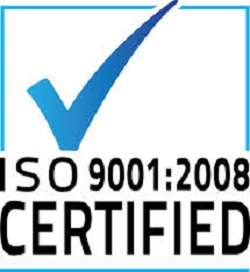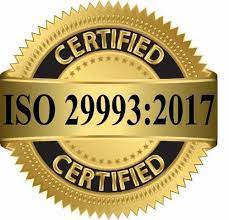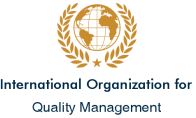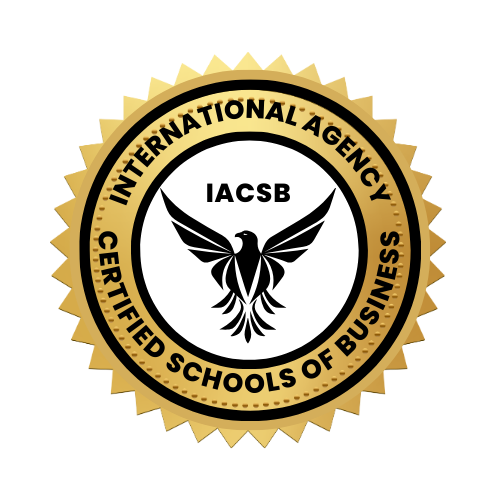


Unit Investment Trust (UIT) — a type of investment company that typically makes a one-time "public offering" of only a specific, fixed number of units. A UIT will terminate and dissolve on a date established when the UIT is created (although some may terminate more than fifty years after they are created). UITs do not actively trade their investment portfolios. Retirement Planning
Retirement Strategies for All Ages: A "To-Do" List A successful retirement depends largely on the steps you take during different stages of your life. Here are some moves to consider. Note: Investment portfolios shown are illustrations only. You must decide what percentages and investments are right for you. Your 20s and 30s (Early Career) Contribute as much as you can to IRAs, 401(k)s, Keoghs and other retirement savings while meeting other goals, such as buying a home or starting a family. Keep your debt from credit cards and other sources manageable. If you don't already own a home, consider if this is a good option for you. While a home purchase can be expensive, it also can be an excellent investment and source of tax breaks. Given your years until retirement, you probably can afford to be fairly aggressive with your investments. Possible portfolio: 60 to 80 percent in stocks or stock mutual funds and most of the rest in certificates of deposit (CDs), bonds, bond funds or money market accounts.
Your 40s and 50s (Mid-Career) Continue putting as much as you can into IRAs, 401(k)s, Keoghs and other retirement savings accounts. Once you reach age 50, you can make "catch-up" (extra) contributions to IRAs, 401(k)s and other retirement savings accounts. If you haven't bought a house already, consider doing so as a source of equity and a place to live in retirement. If you have a mortgage, periodically compare your interest rate to current market rates. If current rates are better, consider refinancing. As you get closer to retirement, consider reducing stock investments and adding more conservative, income-producing investments. Possible portfolio: 50 to 70 percent in stocks or stock mutual funds and most of the rest in CDs, bonds, bond funds or money market accounts. Your Early 60s (Late Career) Ask the Social Security Administration, your accountant or your employer's personnel office to help you determine how much Social Security and pension income you'd get if you "retire early" – and how much you'd lose compared to holding off on retirement Discuss with a financial advisor when to withdraw money from your tax-deferred retirement accounts, such as employer-sponsored retirement plans and traditional IRAs. After age 59 ½, you can withdraw your money without penalty but subject to income taxes. Under IRS rules, you must withdraw a minimum amount from 401(k)s, traditional IRAs and certain other retirement savings plans by April 1 of the year after you reach age 70 ½ and each year after that. There is an exception to the rules for someone still working for the employer who sponsors the plan. Consult with your legal or financial advisors about estate planning – organizing your financial affairs so that your money, property and other assets can go to your heirs with a minimum of costs, taxes and hassles. You may need or want to buy health insurance or long-term care (including nursing home) insurance. Consider the need for disability (wage replacement) or life insurance coverage.
|
|
USA - Asia - Russia - India - EU - West Indies - China - Indonesia - Latin America - Arabia - Africa

Best Online University - Online Nursing Degrees
Home Home ACBSP About About AABFS CFM Chartered Financial Manager Requirements Certifications Board Course Certifications Benefits Online Certification Convert Courses To Certification Recognition Qualifying Degrees Training Providers How To Use CEO Message Register Accreditations IAF CERT EU Accreditation News Handbook Mission Contact Us Certified Data Analyst Wealth Management Sample Test Quiz PSA ERM Article Application Apply Global Advisors instructions AAMBFS Old Online Certification FINTECH CAIFP Certified Artificial Intelligence in Finance Professional ™ CHFM CHARTERED FINANCIAL MANAGER Dubai UAE INFORMA Training 2019 Events In House Training Speakers About Old Chartered Wealth Manager News Sri Lanka & The Maldives Ethics CWM Training Program Magazine of Wall Street CWM Chartered Wealth Manager Cert Brazil UBT AMA Reg. Payments Registration NewMembers IP payment Corporate Discount payments HomeCoPY Paper Award Home George Mentz Colorado Springs CEO GAFM - Global Academy of Finance & Management charteredwealthmanager Ghana AFAPayment AFAPPC GetCertifiedPPC GetCertifiedPPC2 Stock Markets Training Calendar FINRA MFP Financial Planner AFA Chartered Certified Economist Certified Financial Analyst FINRA SEC Chartered Wealth Manager Training Verify Member indonesia malaysia Guides Informa GAFM Guides Jamaica Membership Governmental Recognition Links Financial Planner Program Chartered Economist CCO Higher Institute IP List Be a Training Provider Management Consulting Jobs Project Management Certifications CWM Chartered Wealth Manager Terms Deans Letter AFA Approved Masters Degrees Economics Certification Economics Degrees Management Degrees Finance Degrees Accounting Degrees Exams Renew Certification Continuing Ed Awards Letter Renew 2014 Sample Honor Society Trademarks Careers Government Jobs Complaint pics Mentz George Mentz Lawyer Mentz George Colorado USA Speaker Consultant AFA ® Accredited Financial Analyst Certification ChFM Chartered Financial Manager ® Accredited CTEP ® Trust and Estate Certification CIPM ® Certified International Project Manager CWM ® Chartered Wealth Manager ® AMA ® Management Accountant Certification AMC ® Management Consulting Certification MMC ® Management Consulting Certification Book Chartered Fraud Investigator Journal
Reference to FINRA Certification Guide & Standards
FINRA EDUCATION CWM Chartered Wealth Manager ® Chartered Financial Manager ® AFA Accredited Certified Financial Analyst ® AMA Accredited Certified Management Accountant ® CAM Chartered Asset Manager CTEP Chartered Trust and Estate Planner ® RFS Registered Financial Specialist CMA Chartered Market Analyst FAD Financial Analyst Designate CPM Chartered Portfolio Manager - IACSB * Chartered Financial Manager FINRA * Certified Risk Analyst FINRA * MFP Master Financial Planner ® - Aspen Commission









